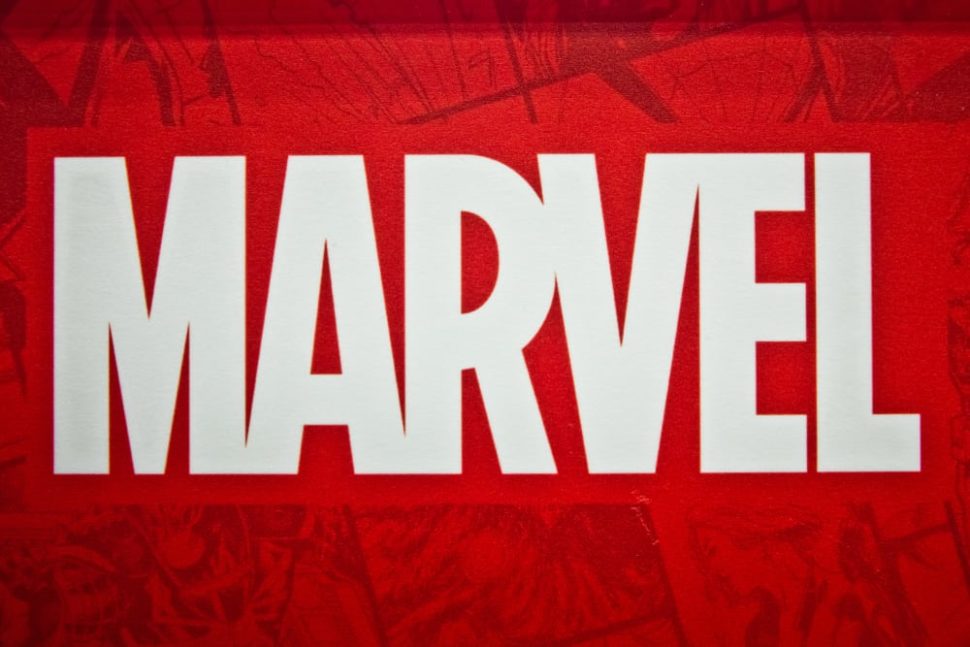Naturally, Marvel’s main villain Thanos made it to the big screen with the help of CGI, but the use of AI in the character’s rendering may be a new milestone in the VFX industry.
Computer-generated graphics in movies isn’t a new concept. In fact, almost every film has some kind of CGI in it these days.
But those familiar with the latest installment in the Avengers franchise know that the main villain — the Mad Titan Thanos — was almost entirely CGI.
However, Digital Domain and Marvel employed one key tool to reimagine Thanos’ image.
New Tools to Bring Adventures and Heroes to Life
Tron 3 could be the first major VR film brought to Hollywood. Wonder Woman utilized an AR campaign to recreate the movie magic with just a smartphone.
So it’s no surprise that VFX artists and Thanos creators wanted to incorporate new technology in how they brought the key Avengers villain to screen.
The custom machine learning software known as Masquerade helped capture unique facial expressions of the Thanos actor, Josh Brolin.
The process involved placing 100 – 150 tracking dots on the actor’s face. Two vertically oriented HD cameras tracked his every move into a lower quality rendering. Then, that data goes into the machine learning algorithm with access to a library of face scans.
Kelly Port from Digital Domain described the process to Engadget:
“[Masquerade] takes that low-resolution mesh and it figures out what high-resolution shape face would be the best solution for that. Then it gives you a solution, and then we would look at that result. If it didn’t feel quite right, we would make a little tweak in modeling to adjust…”
Then, the artists just rinse and repeat the process until they compare the rendering and Brolin’s performance side-by-side and find something they like.
The Next Wave of VFX for Film Creation?
It’s difficult to say whether this kind of process will become the norm for all film VFX.
After all, high-flying plane stunts like those in a Mission Impossible movie might not require the same kind of detail level that the character Thanos required.
As with many things, machine learning operates as a tool and not an overall solution or replacement for something. But you never know. After all, AI-generated art and movies are already a thing; maybe this is just one step toward synthesizing a new type of film.



















Comments (0)
Most Recent